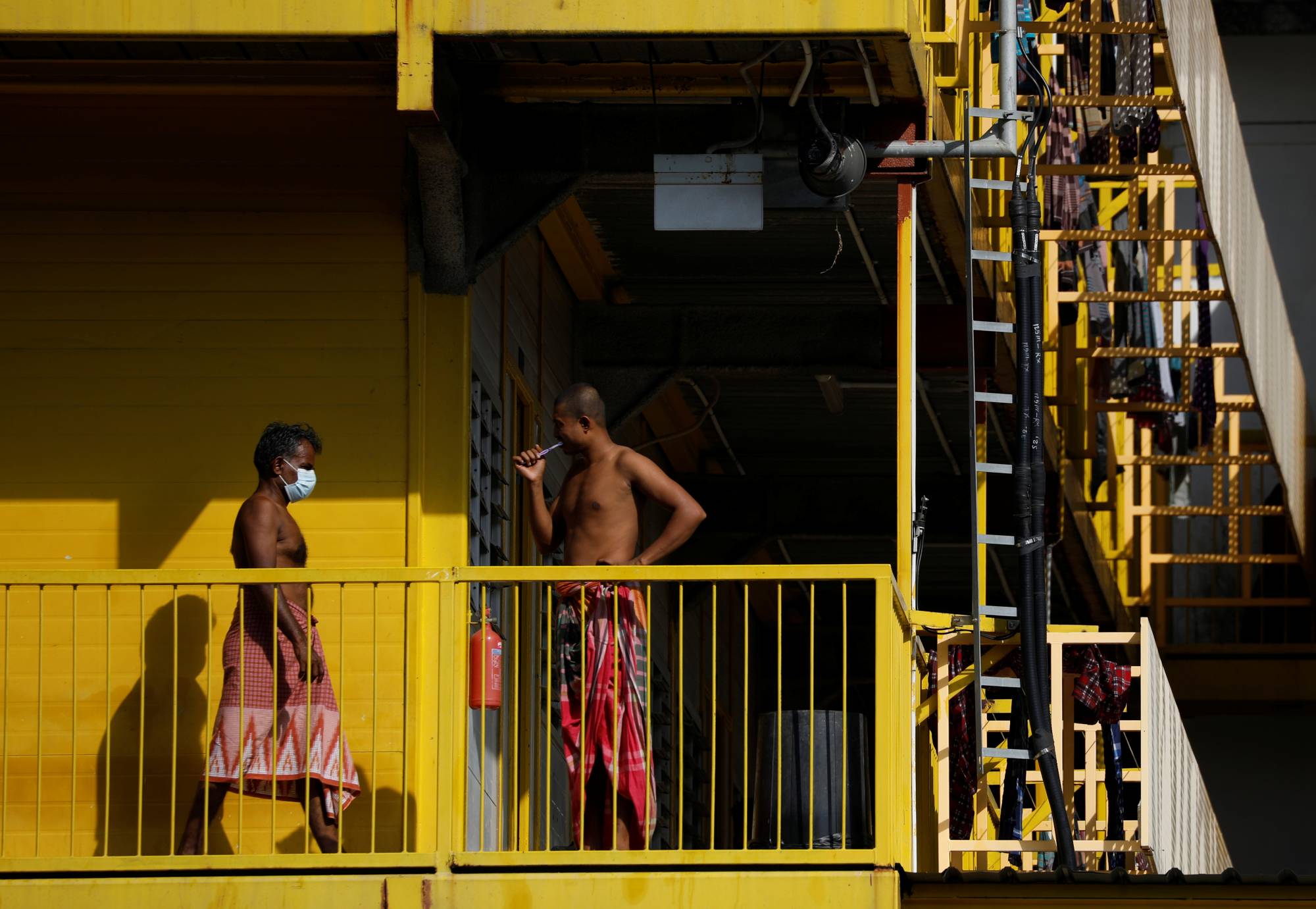In the early days of the coronavirus pandemic, Singapore was a global standard bearer for taming the deadly illness. Now it’s home to Southeast Asia’s largest recorded outbreak and is racing to regain control.
One reason behind this reversal can likely be traced back to six days in February, when the earliest sign of what would become an explosion in cases among migrant laborers first appeared. It’s a cautionary tale of how even countries experienced in handling epidemics can be wrong-footed by this elusive disease, particularly when it takes root in disadvantaged communities.
In early February, Singapore had a low-level outbreak that it was containing effectively without disruptive measures like closing schools. It was being globally lauded for its calm, measured approach to the virus. Around the same time, a 39-year-old Bangladeshi national, one of an army of almost 1 million foreign laborers in Singapore, developed symptoms of the coronavirus.

















With your current subscription plan you can comment on stories. However, before writing your first comment, please create a display name in the Profile section of your subscriber account page.